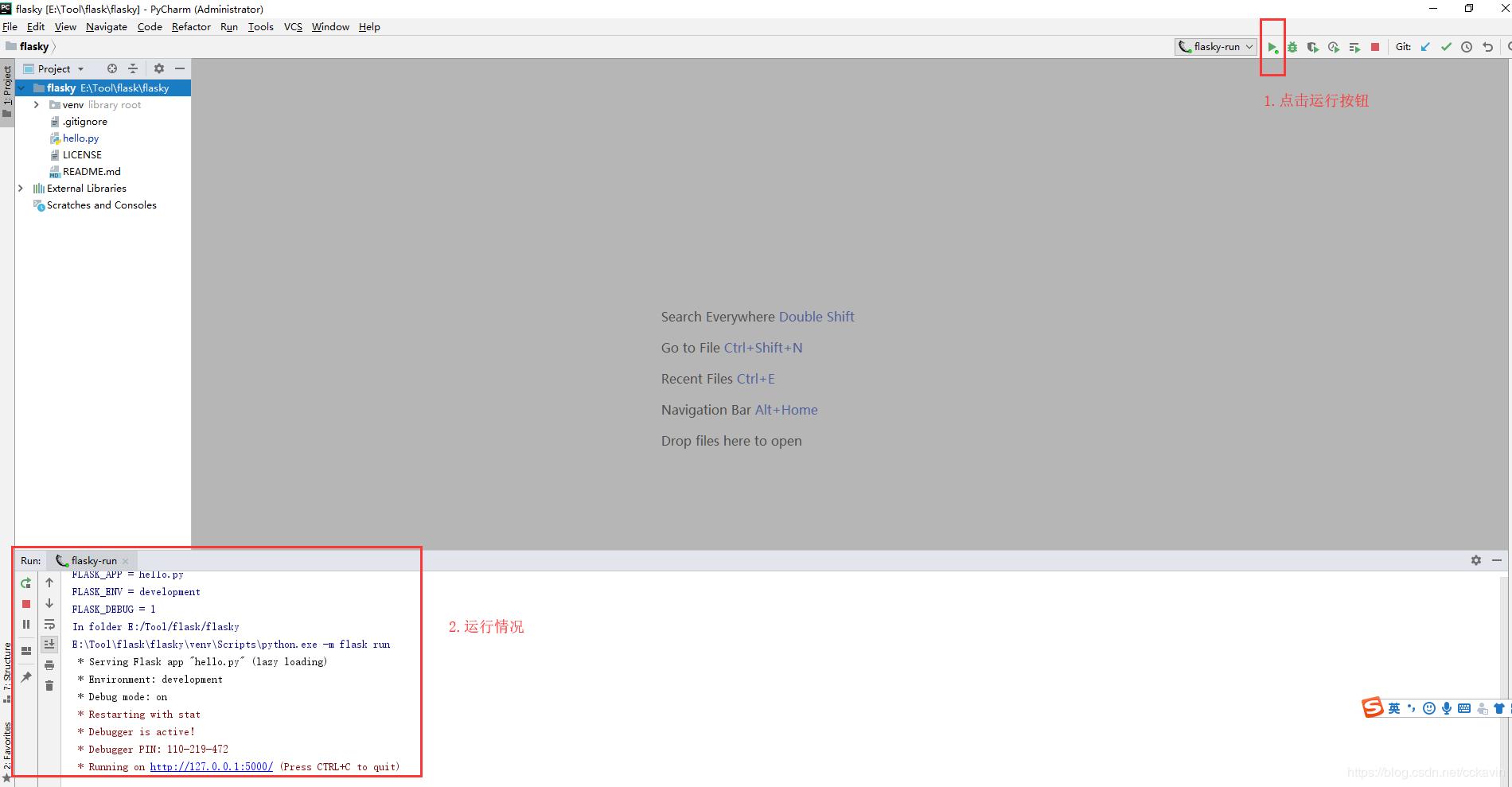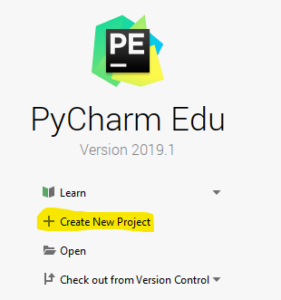
:max_bytes(150000):strip_icc()/pycharm2-57e2d5ee5f9b586c352c7493.png)
- #PYCHARM PROFESSIONAL FLASK HOW TO#
- #PYCHARM PROFESSIONAL FLASK INSTALL#
- #PYCHARM PROFESSIONAL FLASK FREE#
#PYCHARM PROFESSIONAL FLASK INSTALL#
Now that the virtual environment is activated, you can use the Python package manager pip to install Flask: pip install Flaskįrom flask import Flask app = Flask ( _name_ ) ( '/' ) def hello_world (): return 'Hello World!' Also your shell’s prompt will change and it will show the name of the virtual environment you’re currently using. Once activated, the virtual environment’s bin directory will be added at the beginning of the $PATH To start using this virtual environment, you need to activate it by running the activate script: source venv/bin/activate You can use any name you want for the virtual environment. , the standard Python library and other supporting files. The command above creates a directory called venv, which contains a copy of the Python binary, the Pip package manager Once inside the directory, run the following command to create your new virtual environment: python3 -m venv venv Into it: mkdir my_flask_app cd my_flask_app It can be your home directory or any other directory where your user has read and write permissions.Ĭreate a new directory for your Flask application and navigate Start by navigating to the directory where you would like to store your Python 3 virtual environments. Once the module is installed we are ready to create a virtual environment for our Flask application. To install the python3-venv package that provides the venv module run the following command: sudo apt install python3-venv Starting from Python 3.6, the recommended way to create a virtual environment is to use the venv module. The output should look like this: Python 3.6.6 You can verify that Python 3 is installed on your system by typing: python3 -V Ubuntu 18.04 ships with Python 3.6 by default.
#PYCHARM PROFESSIONAL FLASK HOW TO#
The following sections provide information about how to install Flask in a Python virtual environment

If you install Flask into the global environment then you can install only one Flask version on your computer.


This way you can have multiple different Flask environments on a single computer and install a specific version of a module on a per project basis without worrying that it will affect your other Flask installations. The main purpose of Python virtual environments is to create an isolated environment for different Python projects. Also, the version included in the repositories always lags behind the latest version of Flask. This is the easiest method to install Flask on Ubuntu 18.04, but not as flexible as installing in a virtual environment. It can be installed system-wide or in a Python virtual environment using pip.įlask packages are also included in the official Ubuntu repositories and can be installed using the apt package manager. There are different methods to install Flask, depending on your needs. Flask is built with extensions in mind, which are Python packages that add functionality to a Flask application. , by default Flask doesn’t include ORM, form validation or any other functionalities provided by third-party libraries.
#PYCHARM PROFESSIONAL FLASK FREE#
Flask is a free and open-source micro web framework for Python designed to help developers build secure, scalable and maintainable web applications.


 0 kommentar(er)
0 kommentar(er)
